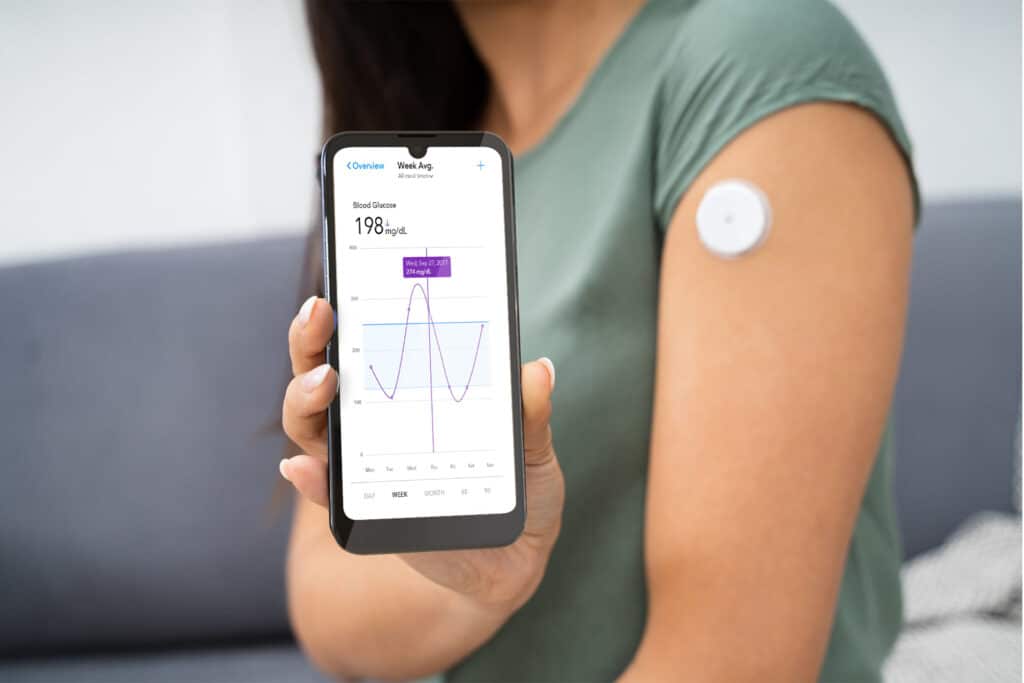Living with diabetes can be a constant challenge, requiring vigilant monitoring of blood sugar levels and precise insulin dosing. However, recent advancements in technology have transformed the landscape of diabetes management. Beyond traditional insulin therapy, a new wave of innovations collectively known as “Diabetes Technology” has emerged, offering novel solutions to enhance the quality of life for millions of individuals living with this condition.
Understanding Diabetes Technology
Diabetes Technology encompasses a wide array of devices and systems designed to simplify and optimize diabetes management. From continuous glucose monitors (CGMs) to automated insulin delivery systems, these technologies aim to provide real-time insights, improve glycemic control, and reduce the burden of daily diabetes management tasks.
Continuous Glucose Monitoring (CGM)
One of the cornerstones of modern diabetes technology is the CGM system. Unlike traditional fingerstick blood glucose monitoring, CGMs offer continuous, real-time glucose readings, providing users with valuable insights into their glucose levels throughout the day and night. By tracking trends and patterns, CGMs empower individuals with diabetes to make informed decisions regarding diet, exercise, and insulin therapy adjustments.
Insulin Pump Therapy
Next-generation insulin pumps have evolved significantly in recent years, offering advanced features such as automated insulin delivery and integration with CGM systems. These “smart” insulin pumps can adjust insulin dosing based on real-time glucose data, helping to minimize the risk of hypo- and hyperglycemia while optimizing glycemic control. Additionally, the convenience of insulin pump therapy reduces the need for multiple daily injections, enhancing adherence and lifestyle flexibility.
Closed-Loop Systems
Closed-loop systems, also known as artificial pancreas systems, represent the pinnacle of diabetes technology innovation. These systems combine CGM technology with automated insulin delivery algorithms to create a seamless feedback loop that mimics the function of a healthy pancreas. By continuously monitoring glucose levels and adjusting insulin delivery accordingly, closed-loop systems offer unparalleled precision and stability in glycemic control, effectively reducing the burden of diabetes management for users.
Must Read How Continuous Glucose Monitors have transformed diabetes care?
The Impact on Quality of Life
The advent of next-generation diabetes technology has had a transformative impact on the lives of individuals with diabetes. By providing greater flexibility, convenience, and peace of mind, these advancements empower users to lead more active, productive lives while effectively managing their condition. Improved glycemic control can also lead to long-term health benefits, reducing the risk of diabetes-related complications such as cardiovascular disease, neuropathy, and retinopathy.
Overcoming Challenges and Barriers
Despite the tremendous promise of diabetes technology, challenges remain in terms of accessibility, affordability, and acceptance. Access to these advanced technologies may be limited by factors such as insurance coverage, healthcare provider awareness, and socioeconomic disparities. Furthermore, some individuals may be hesitant to adopt new technologies due to concerns about reliability, complexity, or privacy. Addressing these barriers will be essential to ensuring equitable access to diabetes technology for all individuals who can benefit from it.
Also, read more What Should You Consider Before Buying a Glucose Monitor for Home Use?
Looking to the Future
As technology continues to evolve, the future of diabetes management holds even greater promise. Ongoing research and development efforts are focused on enhancing the accuracy, usability, and integration of diabetes technologies, as well as expanding access to underserved populations worldwide. From wearable sensors to predictive analytics and personalized medicine, the possibilities for innovation in diabetes technology are limitless, offering hope for a brighter future for individuals living with diabetes.
Conclusion
In conclusion, diabetes technology represents a paradigm shift in the management of diabetes, offering unprecedented opportunities to improve outcomes and enhance quality of life. From continuous glucose monitoring to closed-loop insulin delivery systems, these innovations are revolutionizing the way individuals with diabetes monitor their blood sugar levels, administer insulin, and ultimately, live their lives. By harnessing the power of technology, we can empower individuals with diabetes to take control of their health and embrace a brighter, more fulfilling future.


